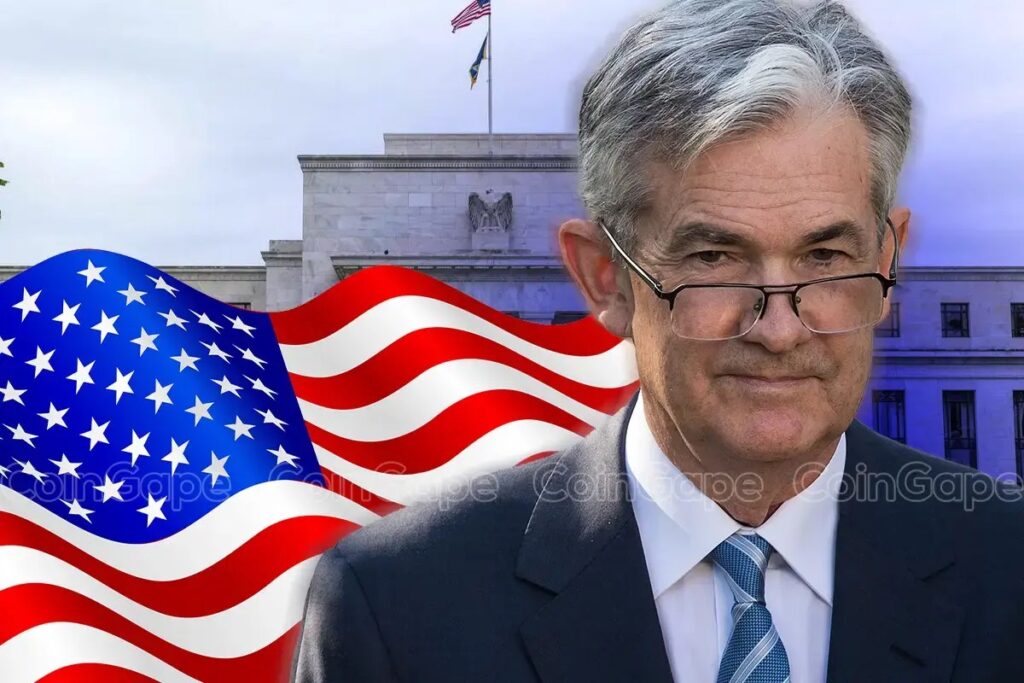Federal Reserve Reverses Course on Crypto Banking Supervision
In a significant turn for the cryptocurrency sector, the Federal Reserve has officially announced the discontinuation of its dedicated supervision program aimed at crypto banking, which was introduced during the controversial "Operation Chokepoint" era. This decision is closely linked to a recent executive order signed by former President Donald Trump, which sought to eliminate perceived unfair banking practices that targeted various sectors, including cryptocurrency.
The End of a Controversial Monitoring Program
The U.S. Central Bank’s announcement marks the phasing out of what it termed a "novel activities supervision program." Moving forward, the Federal Reserve will integrate its insights and understanding of cryptocurrency and fintech operations into its standard banking supervision process. This shift reflects a more traditional approach to oversight, utilizing established frameworks to monitor novel banking activities rather than creating specialized programs.
Since the inception of the crypto supervision program, the Federal Reserve has reportedly gained valuable insights into the nature of crypto risks and how banks manage these complexities. In light of this knowledge, the Board feels confident in applying its findings to broader supervisory practices, thereby integrating cryptocurrencies into the mainstream regulatory environment.
Rescinding Controversial Guidance
In a refreshing move, the Federal Reserve has reiterated its intent to rescind the supervisory letter that initiated the special crypto program in the first place. Many observers link this program to the Biden administration’s "Operation Chokepoint," which faced criticism for allegedly coercive banking practices that pressured banks to sever ties with crypto firms. The idea was to mitigate risks associated with cryptocurrencies and other fintech activities, yet it raised alarms about potential discrimination against certain sectors.
Trump’s executive order underscores a commitment to level the playing field for all industries, advocating against subjective factors—such as political beliefs or ideologies—that might affect banking relationships. This action emphasizes the need for a more transparent regulatory approach that aligns with established legal and ethical standards.
Synergy Between Regulations and Industry
The Federal Reserve’s recent guidance–which enables banks to offer custody services for crypto assets—demonstrates a growing acceptance of cryptocurrencies within traditional financial frameworks. This supportive stance signals a commitment to evolving with the rapidly changing landscape of digital assets. The guidance establishes that banks can treat cryptocurrencies similarly to other asset classes, adhering to the same rules and regulations governing asset custody.
This alignment not only fosters a more accessible entry point for traditional financial institutions but also offers clearer pathways for cryptocurrencies to operate within established regulatory confines. By reinforcing these integration measures, the Federal Reserve showcases its intent to support innovation while safeguarding the financial ecosystem.
The Broader Implications for the Crypto Industry
The Federal Reserve’s decision has profound implications for the cryptocurrency market. By transitioning away from targeted, restrictive measures, the central bank has opened avenues for growth and innovation in the sector. This move may enhance trust and confidence among investors and stakeholders, particularly those disenchanted by heavy-handed regulatory approaches of the past.
As financial institutions gain wider latitude to engage in cryptocurrency activities, we may witness broader adoption of digital currencies. This could catalyze investment opportunities and spur advancements in blockchain technology, propelling the entire industry forward.
Strengthening Industry Trust
The recent adjustments in regulatory posture by the Federal Reserve are not just limited to crypto banking. They represent a larger commitment to transparency and equitable treatment across sectors. Stakeholders in the cryptocurrency ecosystem can find solace in knowing that federal regulators are adapting to market dynamics and taking steps to ensure fairness in oversight.
As cryptocurrency continues to gain traction, the framework established by the Federal Reserve will likely evolve further, accommodating new innovations while upholding core financial principles. This ongoing evolution will help establish a balanced regulatory environment vital for fostering sustainable growth.
Conclusion
The Federal Reserve’s recent announcement to wind down its specialized supervision program for crypto banking signifies a broader acceptance of cryptocurrencies within traditional financial frameworks. This move, alongside President Trump’s executive order, aims to remove barriers and create a more equitable playing field for crypto firms. As regulations begin to harmonize with emerging technologies, we can expect an enriching landscape for innovation, fostering a future where cryptocurrencies are an integral part of the financial ecosystem.
Investors, regulators, and enthusiasts alike should keep a close watch on these developments, as they promise to reshape the contours of the cryptocurrency industry for years to come.

![Zcash [ZEC]: Open Interest Reaches Multi-Month High – Is a Price Move On the Horizon?](https://icoinmarket.com/wp-content/uploads/2025/08/Kelvin-_90_-1000x600.webp-300x180.webp)














